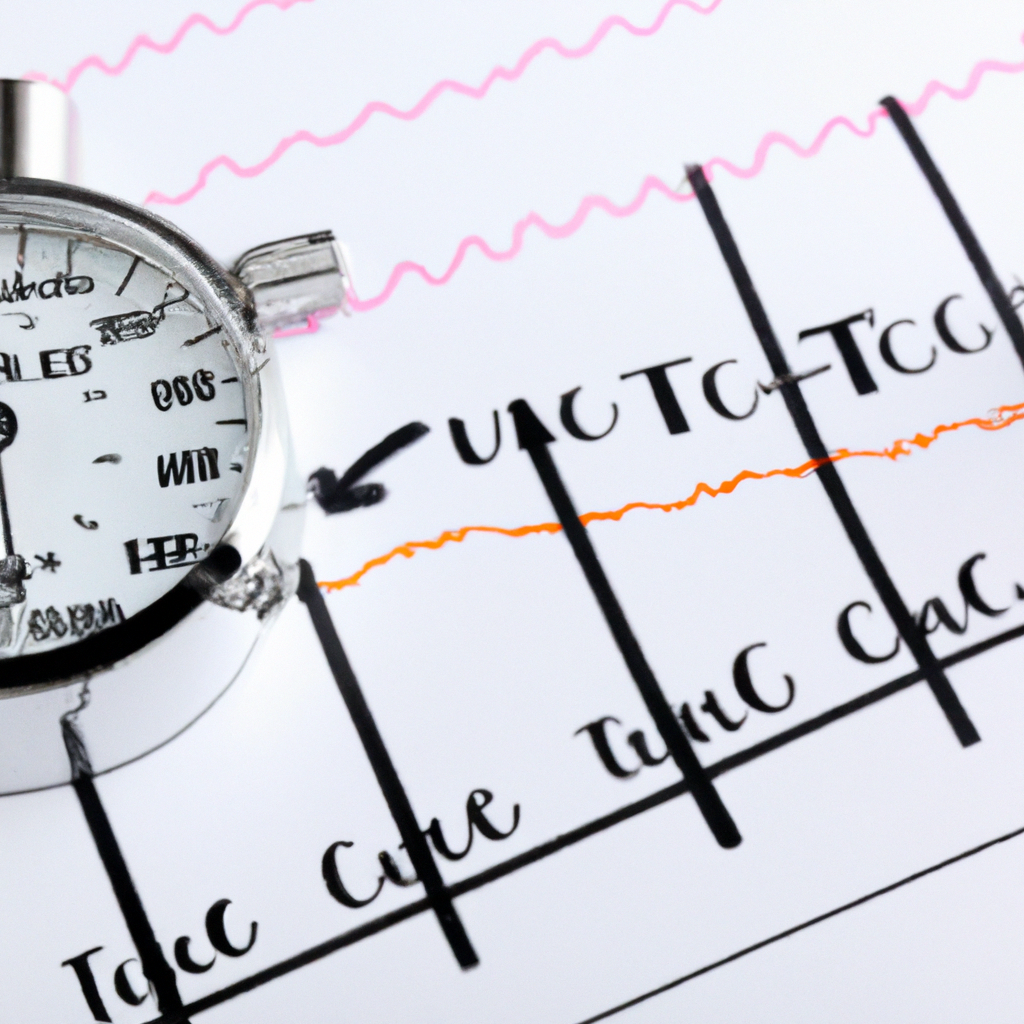Applying Oscillators in Market Timing
Introduction
Market timing is a crucial aspect of successful trading. It involves identifying the optimal entry and exit points in the market to maximize profits or minimize losses. One effective tool used by traders for market timing is oscillators. Oscillators are technical indicators that help identify overbought or oversold conditions in the market. In this article, we will explore how to apply oscillators in market timing strategies.
Understanding Oscillators
Oscillators are mathematical calculations that use historical price data to generate signals about the current state of the market. They typically oscillate between two extreme levels, indicating whether the market is overbought or oversold. Traders use oscillators to identify potential reversals in the market, as extreme levels often precede price corrections or trend changes.
Choosing the Right Oscillator
There are several oscillators available to traders, each with its own strengths and weaknesses. Some popular oscillators include the Relative Strength Index (RSI), Stochastic Oscillator, and Moving Average Convergence Divergence (MACD). When selecting an oscillator, it is important to consider the characteristics of the market being traded and the trader’s personal trading style. Experimenting with different oscillators can help determine which one works best for a particular trading strategy.
Using Oscillators for Entry Points
Oscillators can be used to identify potential entry points in the market. When an oscillator reaches an extreme level, such as the oversold or overbought zone, it suggests that the market may be due for a reversal. Traders can use this signal to enter a trade in the opposite direction of the prevailing trend. For example, if the oscillator indicates that the market is oversold, it may be a good time to consider buying.
Using Oscillators for Exit Points
In addition to identifying entry points, oscillators can also be used to determine exit points. When an oscillator reaches the opposite extreme level, it suggests that the market may be overextended and due for a correction. Traders can take this as a signal to exit their positions and secure their profits. For instance, if the oscillator indicates that the market is overbought, it may be a suitable time to sell.
Confirming Oscillator Signals
While oscillators can provide valuable signals for market timing, it is important to confirm these signals with other technical indicators or analysis techniques. Oscillators are not foolproof and can sometimes generate false signals. By combining oscillator signals with other indicators such as trendlines, moving averages, or support and resistance levels, traders can increase the probability of accurate market timing.
Conclusion
Applying oscillators in market timing strategies can greatly enhance a trader’s ability to identify favorable entry and exit points in the market. By understanding oscillators, choosing the right one for a particular trading style, and confirming signals with other indicators, traders can increase their chances of making profitable trades. However, it is important to remember that no indicator is infallible, and risk management should always be a priority when engaging in trading activities.

